Nose Surgery in South Korea: Your Essential Questions Answered
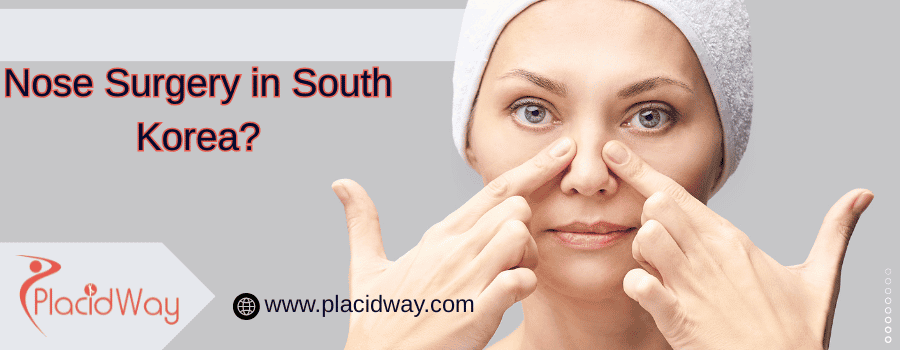
Considering nose surgery, also known as rhinoplasty, and looking at South Korea as a potential destination? You're in good company. South Korea has become a global hub for cosmetic surgery, renowned for its skilled surgeons and advanced medical technology, particularly in facial procedures like rhinoplasty. This comprehensive guide addresses the key questions people are asking about getting a nose job in South Korea, providing you with the information needed to navigate your options.
What is nose surgery (rhinoplasty)?
"Nose surgery, or rhinoplasty, is a surgical procedure to reshape the nose, often to improve its aesthetic appearance, correct breathing problems, or repair deformities caused by injury or birth defects."
Rhinoplasty is a highly individualized surgical procedure aimed at improving the harmony and proportion of the nose with the rest of the face. Surgeons can modify the size, shape, angle, and overall structure of the nose by reshaping bone and cartilage. Beyond cosmetic enhancements, nose surgery can also address functional issues such as a deviated septum, which can obstruct breathing. Whether the goal is to achieve a more balanced facial profile or to improve nasal function, rhinoplasty requires a skilled surgeon with a deep understanding of nasal anatomy and facial aesthetics.
Why is South Korea a popular destination for nose surgery?
"South Korea is a popular destination for nose surgery due to its reputation for highly skilled and experienced plastic surgeons, advanced medical technology, competitive pricing compared to some Western countries, and a strong focus on aesthetic excellence."
South Korea has earned its reputation as a leading destination for cosmetic surgery, and rhinoplasty is one of the most sought-after procedures. Several factors contribute to this popularity. The country boasts a large number of highly trained and experienced plastic surgeons who specialize in facial surgery, including rhinoplasty. Many Korean surgeons have honed their skills through years of practice and are known for their artistic eye and meticulous techniques. Furthermore, South Korea has invested heavily in advanced medical technology and infrastructure, ensuring high standards of care. While not the cheapest option globally, the cost of nose surgery in South Korea is often more competitive than in countries like the United States or some parts of Europe. The cultural emphasis on aesthetics and beauty in South Korea also drives innovation and excellence in the field of cosmetic surgery.
How much does basic nose surgery cost in South Korea?
"Basic nose surgery or rhinoplasty in South Korea typically ranges from $2,000 to $7,500 USD."
The cost of a primary or basic rhinoplasty in South Korea can vary depending on several factors. This price range generally covers the surgeon's fee, anesthesia, and facility charges for a straightforward procedure aimed at reshaping the nose for cosmetic reasons. However, it's important to remember that this is a general estimate, and the actual cost can be influenced by the complexity of the surgery, the specific techniques used, and the individual surgeon's fees.
What factors can affect the total cost of rhinoplasty in South Korea?
"Factors affecting the total cost of rhinoplasty in South Korea include the complexity of the surgery (primary vs. revision), the surgeon's experience and reputation, the type of rhinoplasty (e.g., open, closed, tip plasty), the clinic's location and facilities, anesthesia fees, pre-operative tests, and post-operative care."
Several elements can influence the final price of your nose surgery in South Korea. Revision rhinoplasty, which corrects issues from a previous surgery, is typically more complex and costly than a primary rhinoplasty. Surgeons with extensive experience, specialized skills, and a strong reputation often charge higher fees. The specific surgical techniques employed, such as open rhinoplasty (involving a small external incision) or closed rhinoplasty (incisions inside the nose), as well as more focused procedures like tip plasty (reshaping the nasal tip) or alar base reduction (narrowing the nostrils), can also affect the cost. Clinics located in upscale areas of Seoul or those with state-of-the-art facilities may have higher overhead costs, which can translate to higher prices. Anesthesia fees, the cost of pre-operative medical tests and consultations, and any post-operative care or medications will also contribute to the total expense.
What is the difference in cost between primary and revision rhinoplasty in South Korea?
"Revision rhinoplasty in South Korea is typically more expensive than primary rhinoplasty, ranging from $7,000 to $15,000 USD or higher, due to its increased complexity and the specialized skills required to correct previous surgical outcomes."
Revision rhinoplasty is a more intricate procedure than primary rhinoplasty because it involves working with altered nasal structures and scar tissue from previous surgeries. Correcting deformities, functional issues, or unsatisfactory aesthetic results from a prior nose job requires advanced surgical skills and a deep understanding of nasal anatomy. As a result, surgeons specializing in revision rhinoplasty in South Korea often charge higher fees to reflect the increased complexity and expertise involved. The cost can range significantly based on the extent of the revision needed and the surgeon's experience in handling such cases.
Are there different types of rhinoplasty procedures that affect the cost in South Korea?
"Yes, different types of rhinoplasty procedures, such as open rhinoplasty, closed rhinoplasty, tip plasty, and non-surgical rhinoplasty (using fillers), have varying costs in South Korea based on their complexity and the materials or techniques used."
The specific type of rhinoplasty you undergo will influence the overall cost in South Korea. Open rhinoplasty, where a small incision is made across the columella (the skin between the nostrils), allows for greater surgical access and is often used for more complex cases, potentially leading to a higher cost. Closed rhinoplasty, with incisions made only inside the nose, may be less expensive for simpler adjustments. Tip plasty, focusing solely on reshaping the nasal tip, is generally less costly than a full rhinoplasty. Non-surgical rhinoplasty, which involves injecting dermal fillers to temporarily reshape the nose, is the least expensive option, typically ranging from $500 to $1,500 USD, but its results are temporary.
How do the qualifications and experience of the surgeon impact the cost of nose surgery in South Korea?
"Highly qualified and experienced rhinoplasty surgeons in South Korea with board certifications and a strong track record of successful outcomes typically charge higher fees due to their expertise and demand."
The surgeon's qualifications and experience are significant factors in determining the cost of nose surgery in South Korea. Surgeons who are board-certified in plastic or facial reconstructive surgery, have years of specialized experience in rhinoplasty, and possess a strong portfolio of successful results often command higher fees. Their expertise and reputation reflect a higher level of skill and a potentially lower risk of complications, making them a preferred choice for many patients despite the higher cost.
What are the typical pre-operative and post-operative costs associated with rhinoplasty in South Korea?
"Typical pre-operative costs for rhinoplasty in South Korea may include consultations (ranging from $50 to $100 USD), medical tests, and imaging (around $50 to $200 USD). Post-operative costs can include medications ($50 to $200 USD), follow-up appointments, and potential aftercare treatments."
Before undergoing nose surgery in South Korea, you will likely need to attend one or more consultations with your chosen surgeon. These initial consultations may have a fee, typically ranging from $50 to $100 USD per session. Pre-operative medical tests, such as blood work and imaging (like X-rays or CT scans if necessary), will also incur costs, potentially totaling between $50 and $200 USD. After the surgery, you will need to purchase prescribed medications for pain management and infection prevention, which can cost around $50 to $200 USD. Follow-up appointments with your surgeon to monitor your healing are usually included in the overall surgical package, but it's essential to confirm this. Additional aftercare treatments, if needed, may involve extra expenses.
Is the cost of living and accommodation in South Korea something I should factor into my budget for nose surgery?
"Yes, if you are traveling to South Korea for nose surgery, you should definitely factor in the costs of flights, accommodation, meals, transportation within the country, and potential interpreter services into your overall budget."
For international patients seeking nose surgery in South Korea, the cost of the procedure itself is only part of the overall expense. You will also need to budget for round-trip airfare, accommodation (which can range from budget-friendly hostels to luxurious hotels), meals, and local transportation. Depending on your language proficiency, you might also need to factor in the cost of interpreter services to facilitate communication with the medical team and during your stay. These additional living and travel expenses can significantly impact the total cost of your medical trip.
How does the cost of nose surgery in South Korea compare to other popular destinations for cosmetic surgery?
"The cost of nose surgery in South Korea is generally competitive compared to countries like the United States, Australia, and parts of Europe, but it might be higher than in some other medical tourism destinations like Thailand or Mexico."
When comparing the cost of nose surgery, South Korea often falls in a mid-range category. It is generally more affordable than countries like the United States, Australia, and many Western European nations, where rhinoplasty can easily cost upwards of $8,000 to $15,000 USD or more. However, other popular medical tourism destinations, such as Thailand or Mexico, may offer even lower prices for nose surgery. The choice of destination often involves a trade-off between cost, the perceived quality of medical care, surgeon expertise, and travel considerations.
Are there financing options available for nose surgery in South Korea?
"Financing options for nose surgery in South Korea may be limited for international patients. It is best to inquire directly with the clinic about payment plans or explore personal loan options in your home country."
For international patients, finding direct financing options for cosmetic surgery in South Korea can be challenging. Most clinics typically require upfront payment or payment in full before the procedure. It is advisable to discuss payment options with the clinic you are considering. You might also explore personal loan options or medical financing plans available in your home country to help cover the costs of your nose surgery and travel expenses.
What are some important questions to ask during a rhinoplasty consultation in South Korea regarding cost?
"During a rhinoplasty consultation in South Korea, ask for a detailed breakdown of all costs involved, including the surgeon's fee, anesthesia, facility charges, pre-operative tests, and post-operative care. Inquire about any potential additional fees and the accepted methods of payment."
When you have a consultation with a rhinoplasty surgeon in South Korea, it's crucial to have a clear understanding of the financial aspects. Ask for a comprehensive breakdown of all the costs associated with the surgery, including the surgeon's fee, anesthesia fees, the cost of using the surgical facility, any required pre-operative tests and consultations, and the cost of post-operative care and medications. Inquire about any potential additional fees that might arise and clarify the accepted methods of payment. Understanding the full financial commitment will help you plan accordingly.
Ready to explore your options for nose surgery in South Korea? Contact PlacidWay today to connect with reputable clinics and experienced surgeons and take the first step towards achieving your desired nasal appearance!
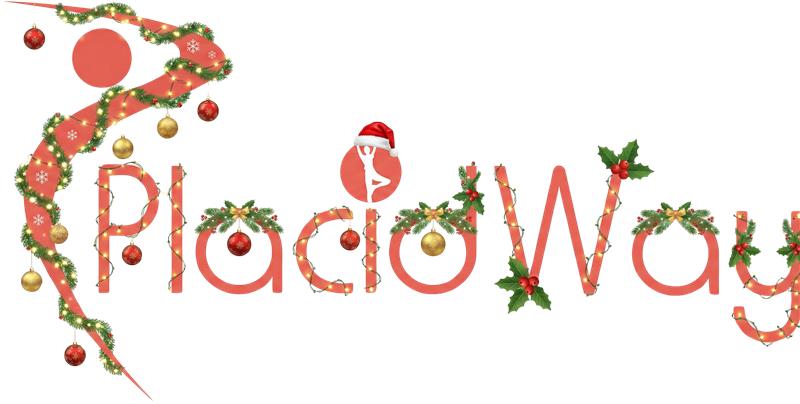

.png)



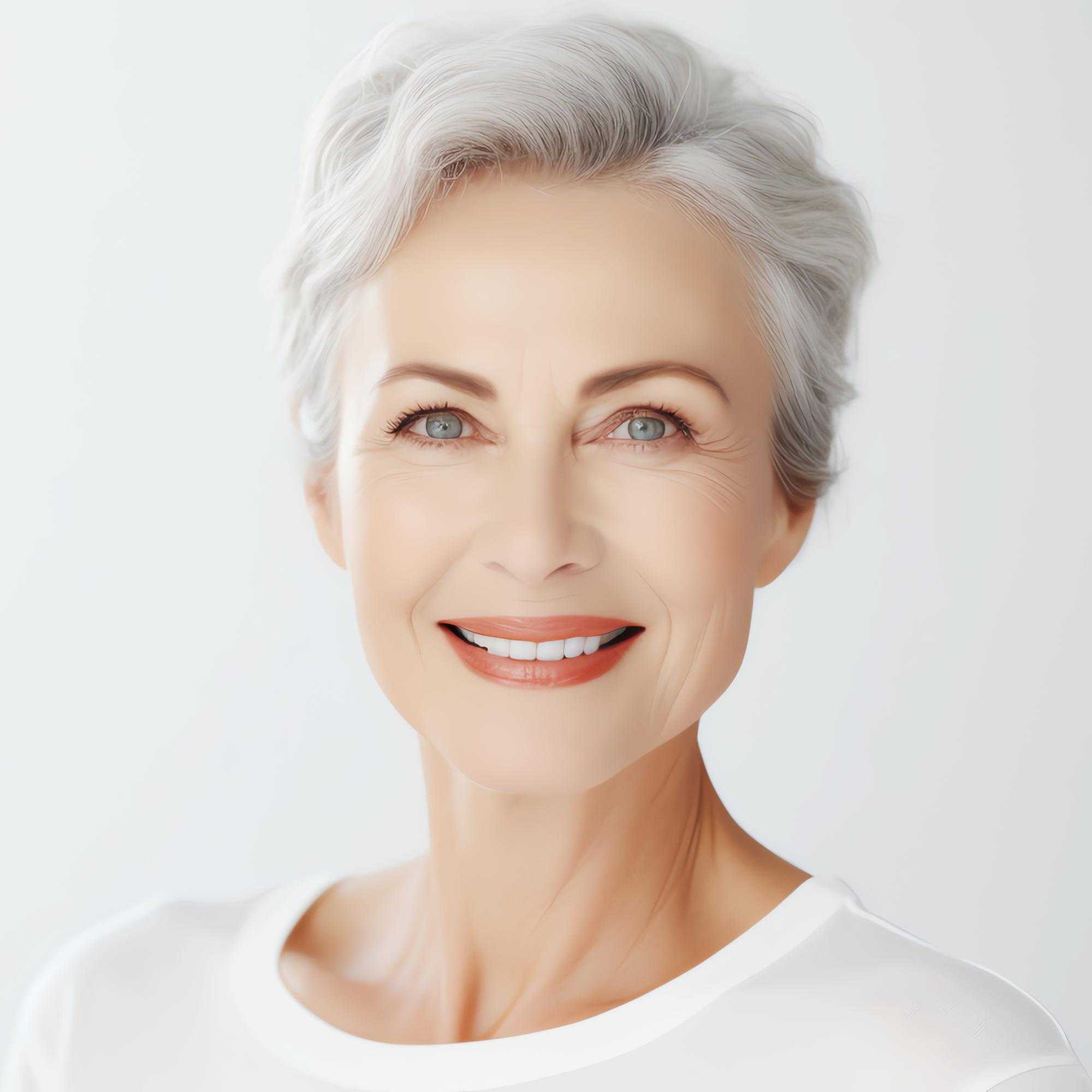
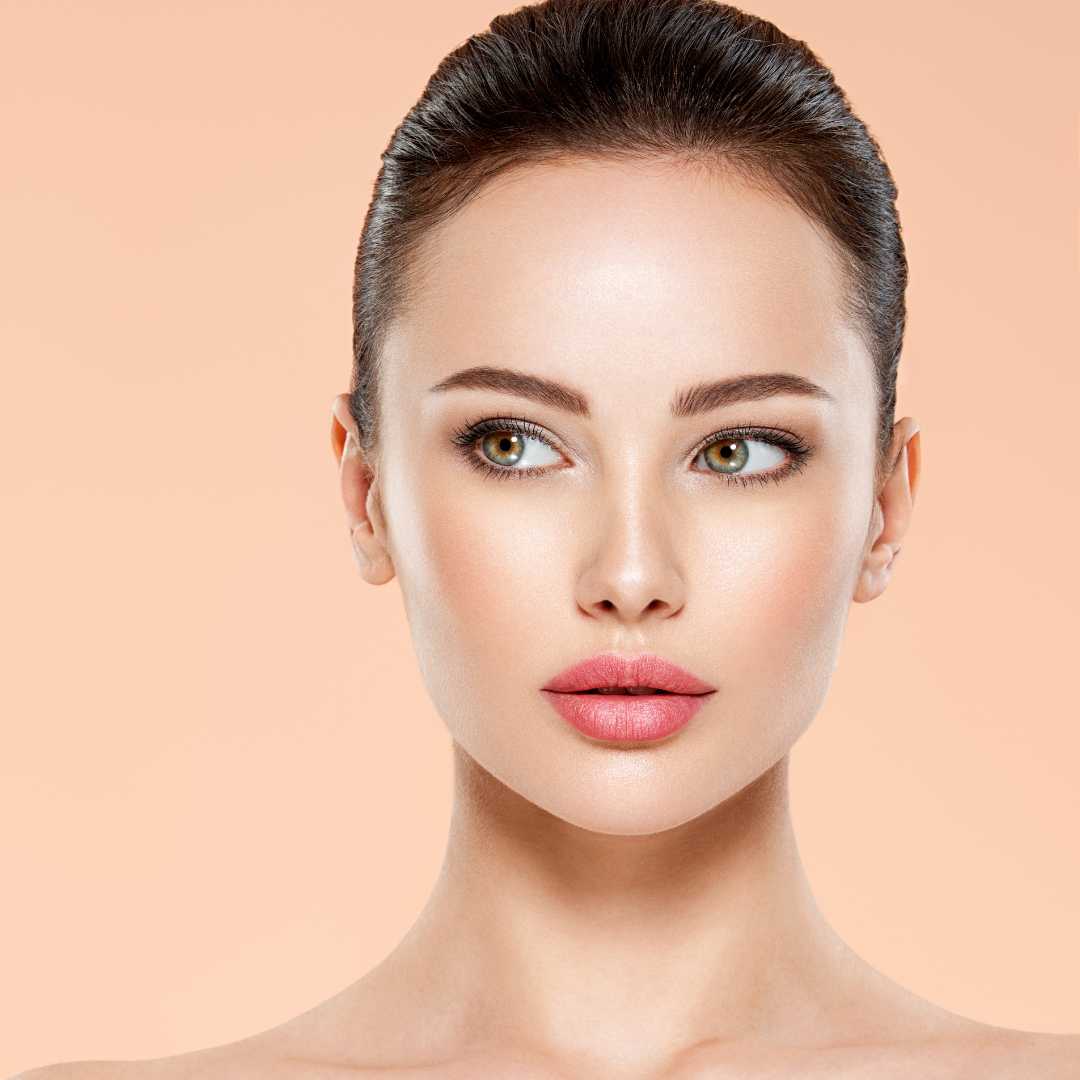
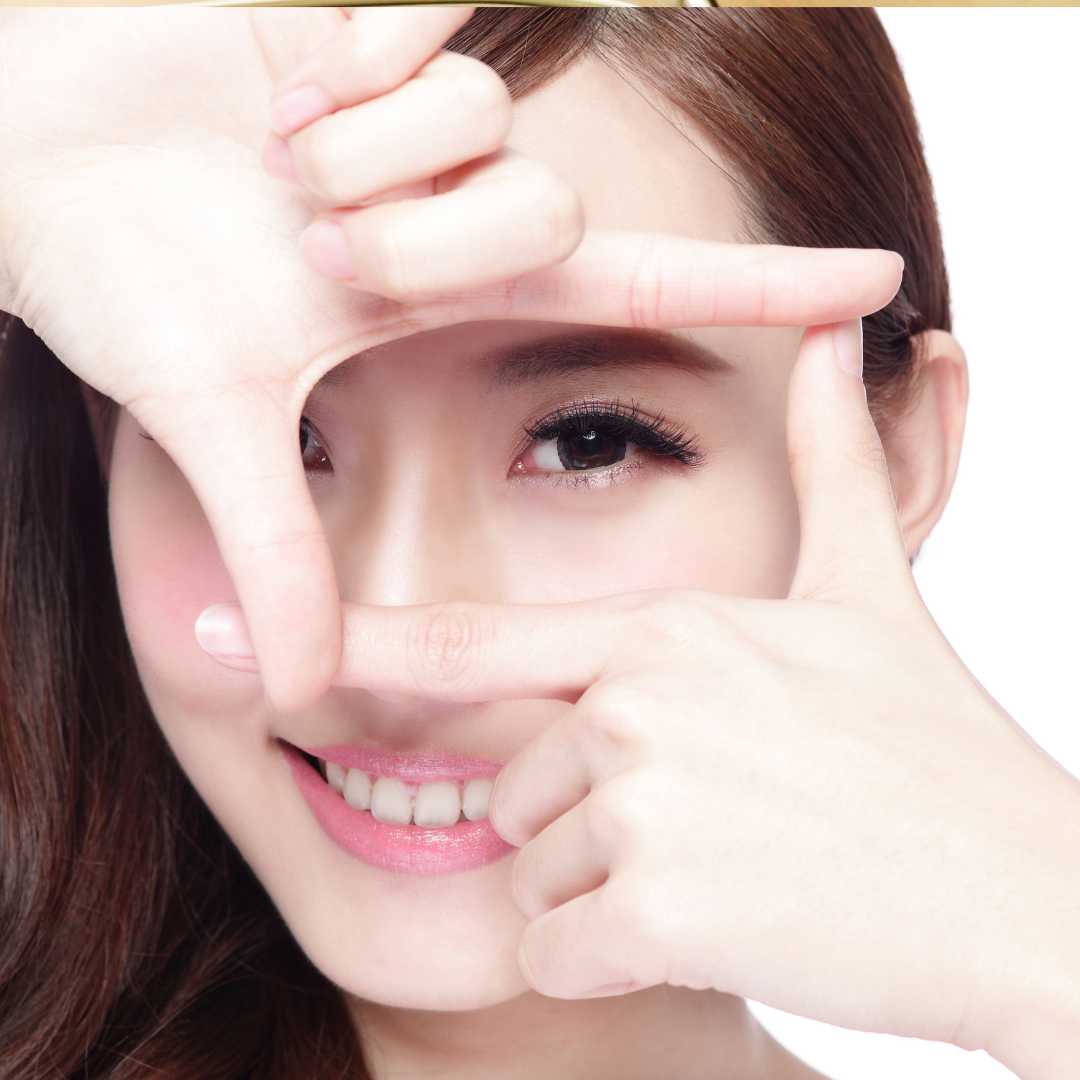

.png)
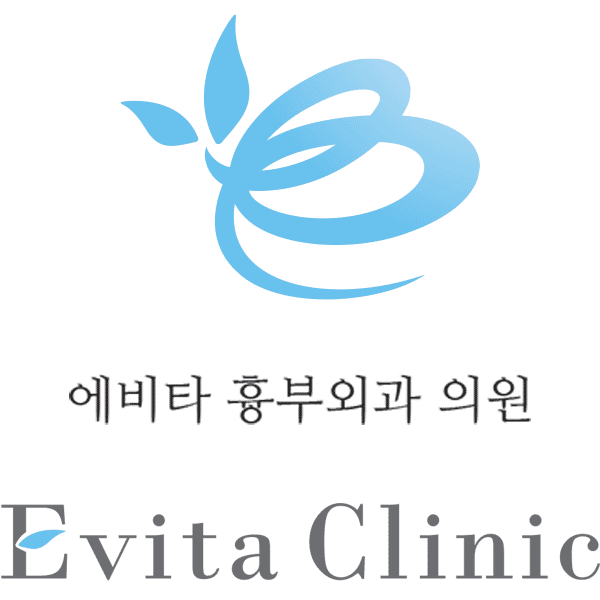
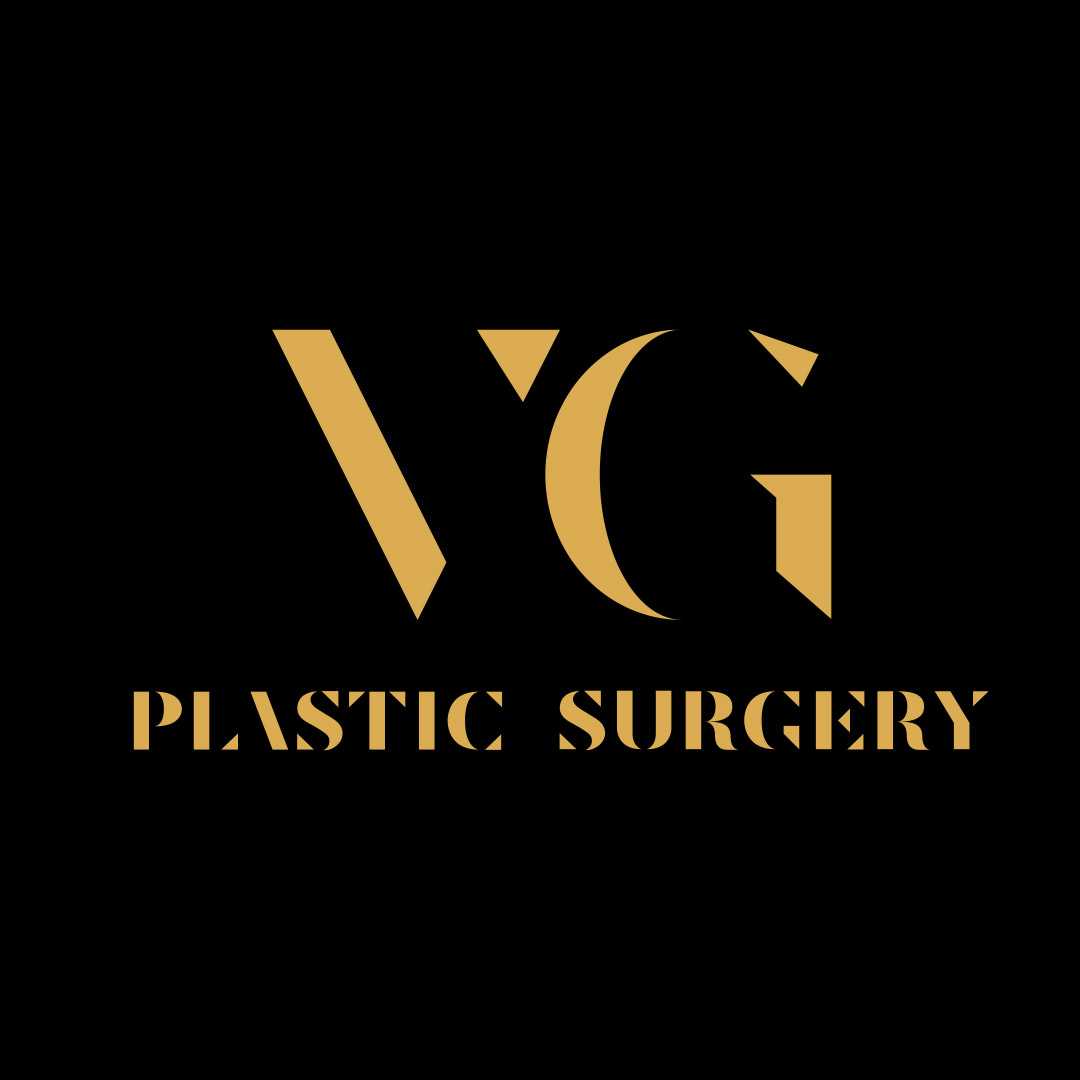
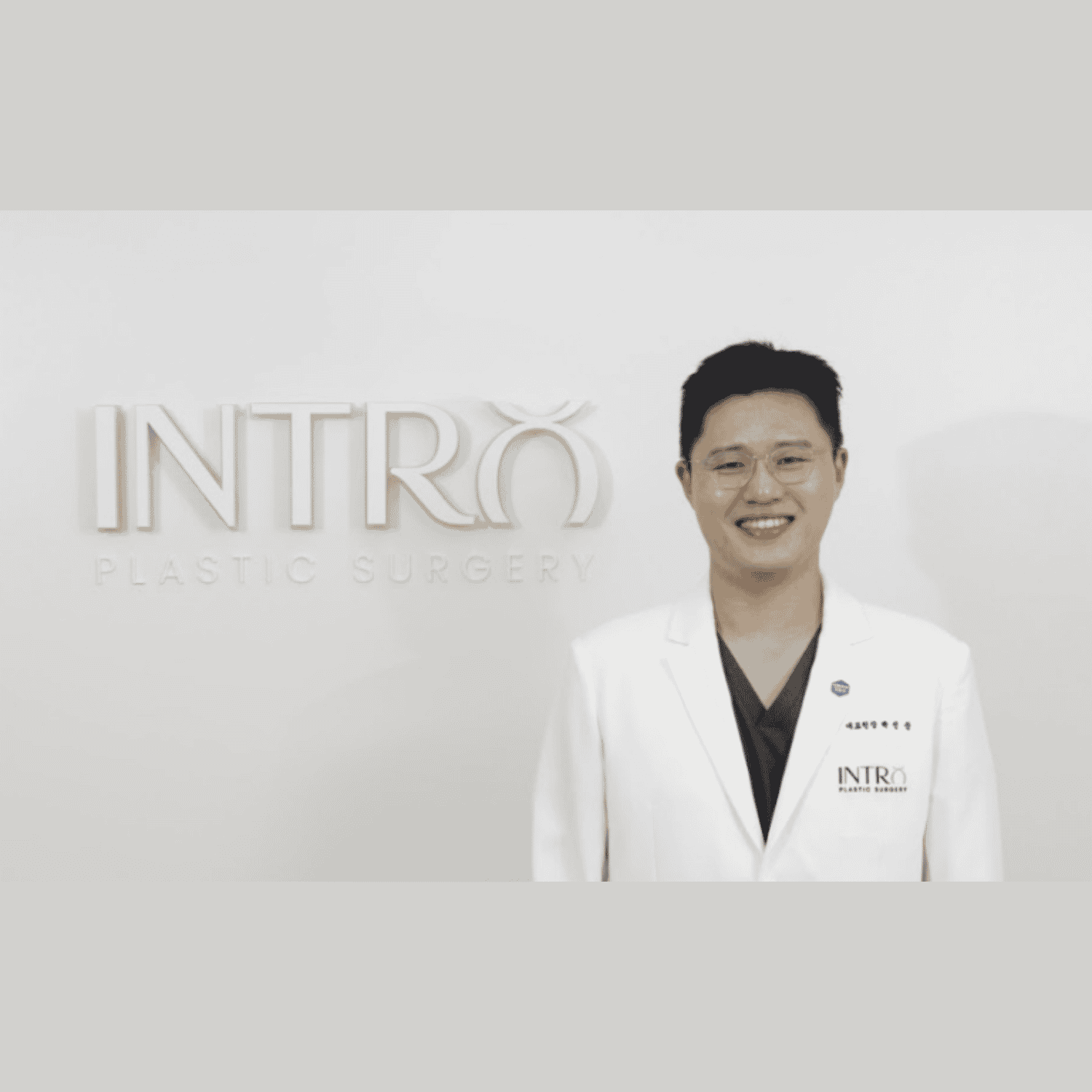
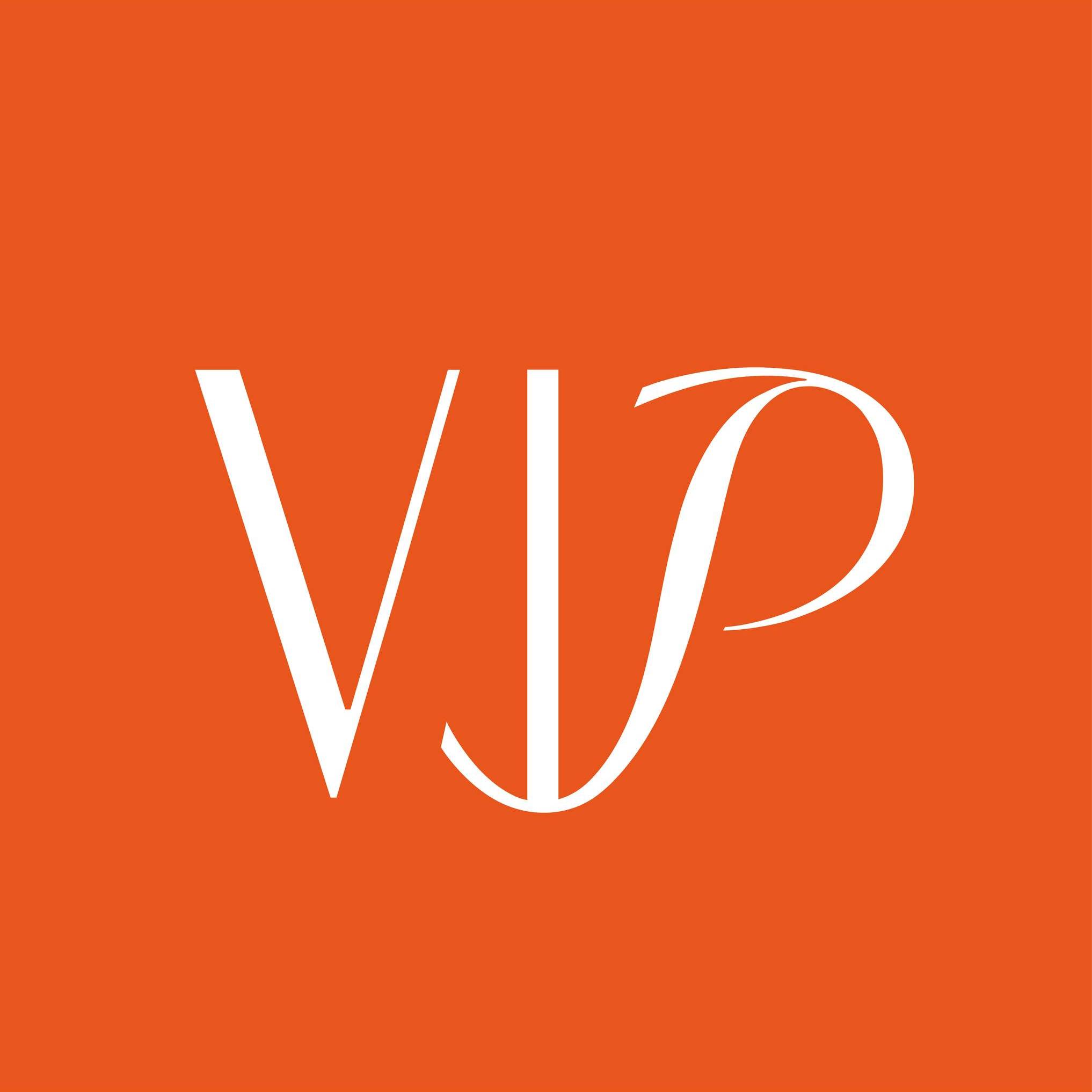
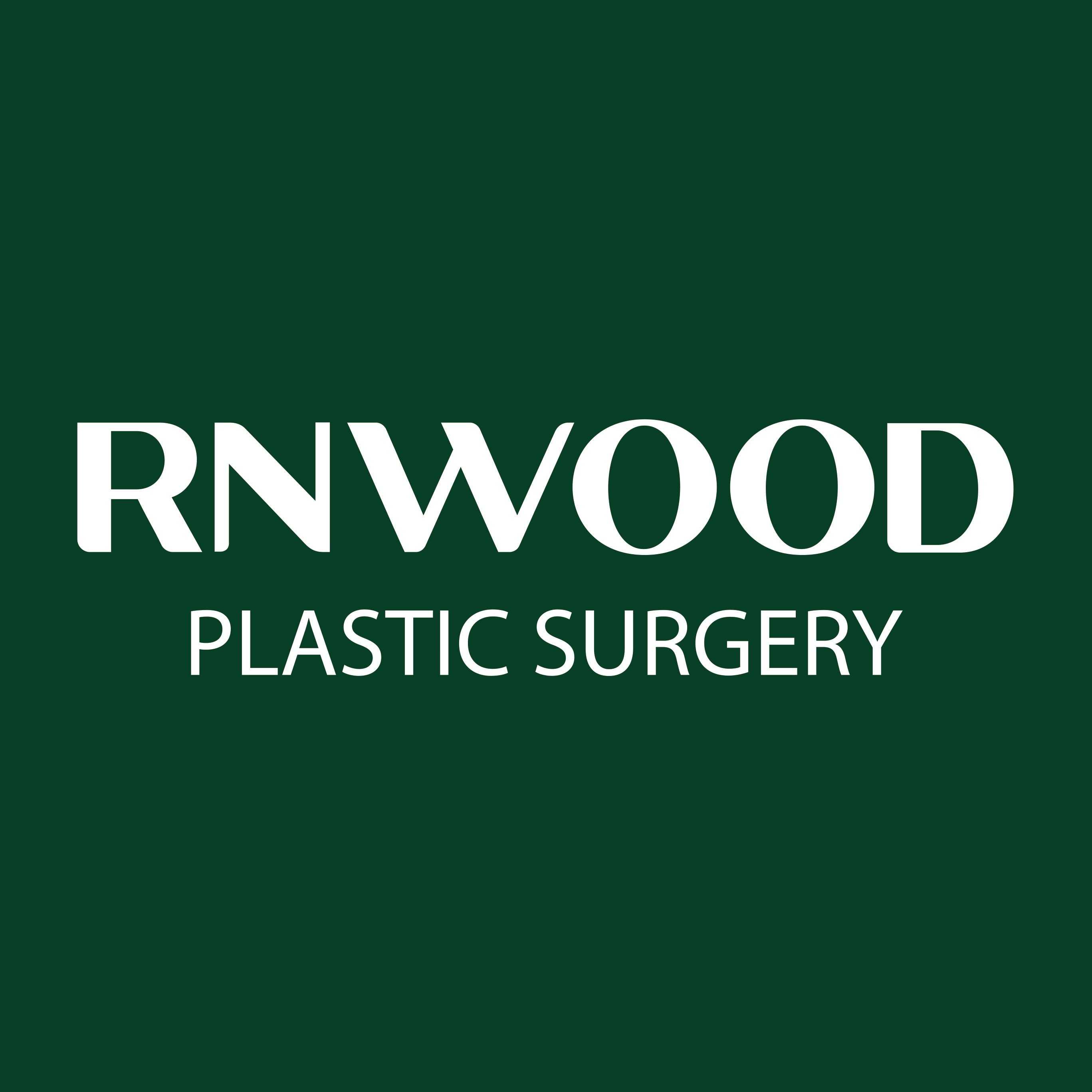

Share this listing